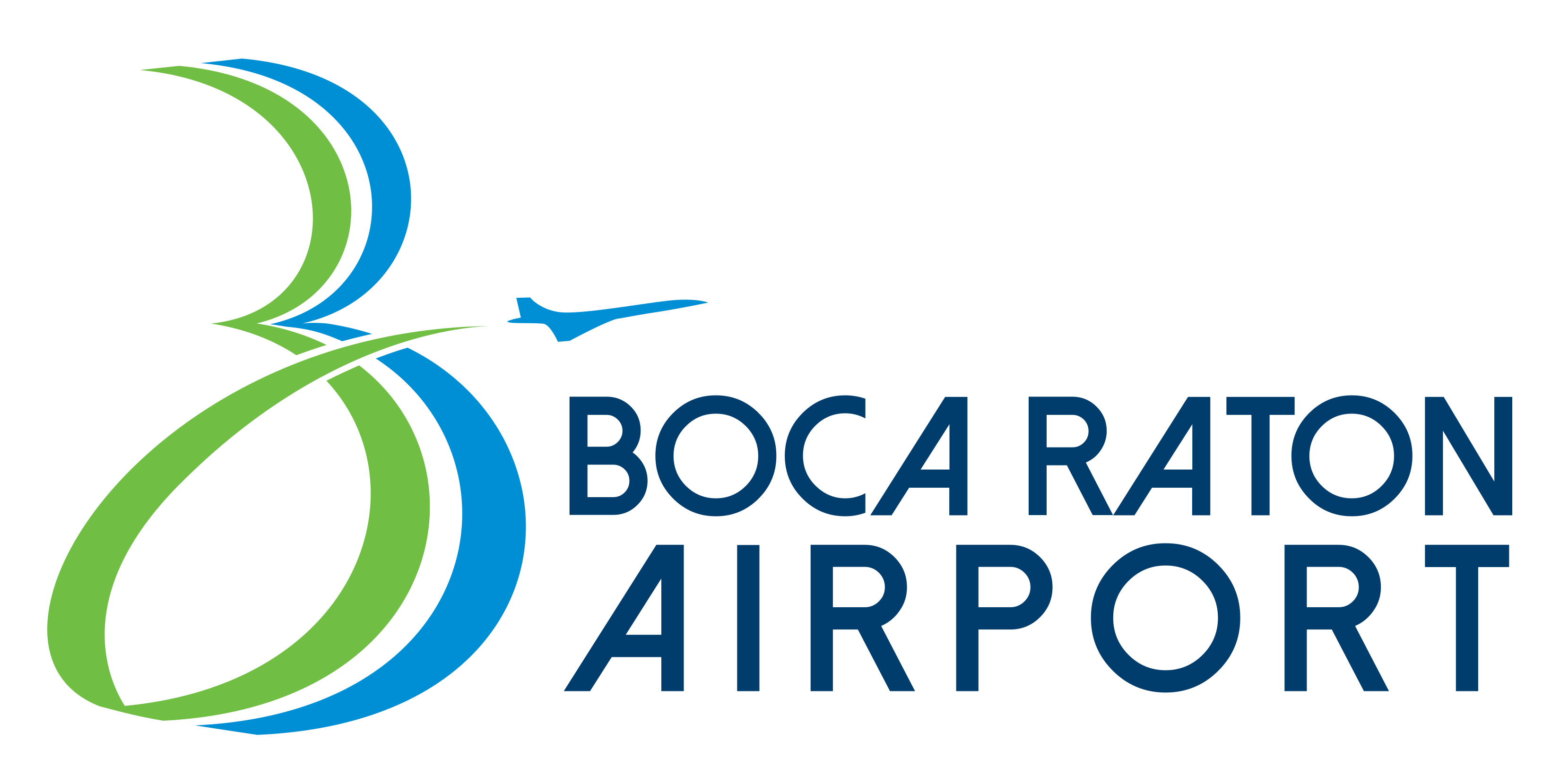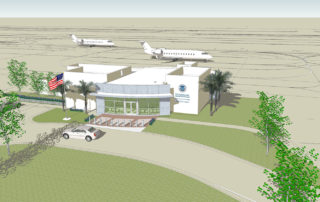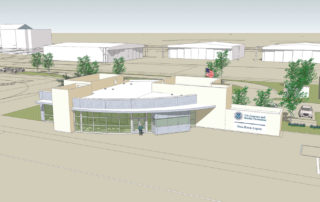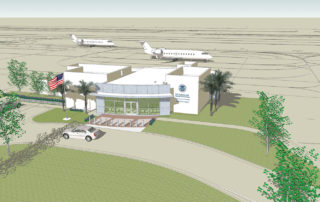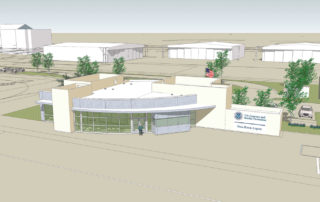Making International Travel Easier Than Ever
We are glad you got a sneak peak of the U.S. Customs & Border Protection Center at the Boca Airport.
We’ve assembled these resources for you to use in your newsletters, eblasts and social media. Feel free to download photos, videos, FAQ and releases so you have the resources to communicate with your constituency or community about the new Customs Center.
CBP Facts:
The Customs and Border Protection Facility will total 4,400 square feet, and will cost approximately $4.5M.
The contract has been awarded to West Construction, Inc., and construction oversight provided by the Airport’s engineers, Ricondo & Associates.
Use:
US Customs and Border Protection Services are predominately for the aviation users that call the Boca Raton Airport home base. The facility is a user-based amenity for airport tenants – eliminating the extra flight leg to another airport just to clear customs.
A Customs Feasibility Study was finalized in February, 2014. The Study forecasts that 700 annual flights, or an average of three flights per day during the facility’s hours of operation, will clear Customs at the new facility. The Study also forecasts 350 boaters will clear Customs paperwork at BCT per year.
Funding:
Fifty percent (50%) of the funds for the construction of the CBP building and eighty percent (80%) for construction of supporting infrastructure were obtained through a Florida Department of Transportation (FDOT) aviation capital improvement grants. The rest of the funding was provided by Boca Raton Airport Authority (BRAA) revenue generated through land leases and fuel flow fees.
No local, county, or state property or sales taxes are used for airport operations or improvement projects, such as the construction of the Customs facility.
FAQs:
Fifty percent (50%) of the funds for the construction of the CBP building and eighty percent (80%) of the funds for the construction of supporting infrastructure were obtained through a Florida Department of Transportation (FDOT) aviation capital improvement grant and the rest of the funding was provided by Boca Raton Airport Authority (BRAA) revenue generated through land leases and fuel flow fees.
The Florida Department of Transportation provides state grants for eligible airport capital projects with revenue generated from a gas tax levied on users of airports throughout the state.
Pilots and aviation industry leaders approved the tax decades ago as a way to provide a sustainable and continuous source of income for reinvestment in airport infrastructure. All airports in the state of Florida can apply for these grants for eligible capital projects.
The BRAA leases property from the state of Florida on which the Boca Raton Airport is situated. Therefore, aviation-related and non-aviation businesses on the property pay rent to the BRAA.
Those funds, along with fuel flow fees paid solely by the users of the airport, are used to fund the airport operations and for airport improvement projects, such as the new Administration Building and the CBP building.
No local, county, or state property or sales taxes fund airport operations or improvement programs.
Unless you’re using the airport as a pilot, aircraft owner, tenant or sub-tenant of the airport, your tax dollars do not fund any aspect of the Boca Raton Airport or the Authority, including the new building.
No residents were, or will be, taxed to pay for the facility.
No ad valorem taxes were, or will be, used to pay for the facility. Ongoing funding of the CBP facility will be covered by Customs user fees and the statewide tax on aviation fuel.
Without the CBP facility, Boca Raton Airport tenants returning after international travel have to first go through Customs at other airports, such as Palm Beach International or Fort Lauderdale Executive, because these airports have CBP service. After clearing Customs, they then took flight again to reach their home destination at the Boca Raton Airport.
With U.S. Customs and Border Protection service at the Boca Raton Airport, aviation tenants will be able to fly directly to home base and taxi up to the Customs facility upon arrival to report for inspections, which eliminates the extra flight leg.
The environmental impact of reduced low altitude flights will be measurable in terms of reduced fuel consumption and noise in the community.
The CBP and Homeland Security office will be staffed by federal law enforcement officers with access to a trained K-9 unit. These officers are present to assure that all users adhere to the highest safety and security standards.
The facility will be an inspection location that participates in the Small Vessel Reporting System. When a boater logs an arrival into the U.S., they may be requested to come to the CBP for an in-person clearance. This is a convenience for the local marine community that has had no Customs facility in the Boca Raton and Delray area.
PHOTOS:
PHOTOS – March 6, 2018 – To Be Uploaded Upon Event Completion
PHOTOS – March 8, 2018 – To Be Uploaded Upon Event Completion
PHOTOS – CBP Building Inside/Outside
VIDEO:
Pending
PRIOR RELEASES:
https://bocaairport.com/news-release-u-s-customs-border-protection-facility-open-bct/
COLLATERAL MATERIALS:
Need Help, Details, Clarifications?
Call or email Christine Landers, BRAA Business Manager at:
- Christine@BocaAirport.com
- (561) 391-2202 x205

